In HTML, when parsing a table element with tr elements inside, a tbody is usually inserted:

function log(el, ctx) {
var li = document.createElement('li');
li.appendChild(document.createTextNode(el.tagName.toLowerCase()));
var ul = document.createElement('ul');
for(var i=0; i<el.children.length; ++i)
log(el.children[i], ul);
li.appendChild(ul);
ctx.appendChild(li);
}
log(document.querySelector('table'), document.getElementById('dom-tree'));table {
display: none;
}<table>
<tr><td>1</td></tr>
<tr><td>2</td></tr>
</table>
The table is parsed as:
<ul id="dom-tree"></ul>Is this behavior standard?
I couldn't find it described in the spec, but it makes sense, because the insertRow DOM method automatically creates tbody elements too:
tr = table .
insertRow( [ index ] )Creates a
trelement, along with atbodyif required, inserts them into the table at the position given by the argument, and returns thetr.